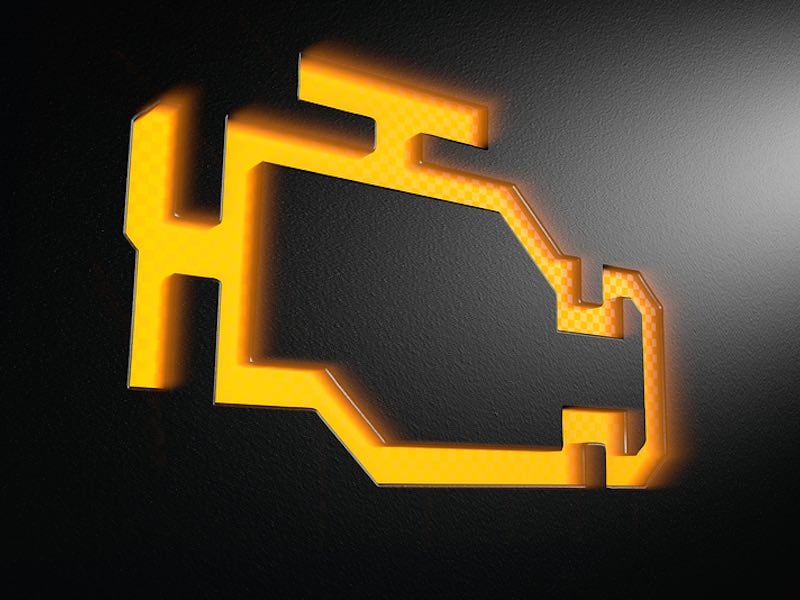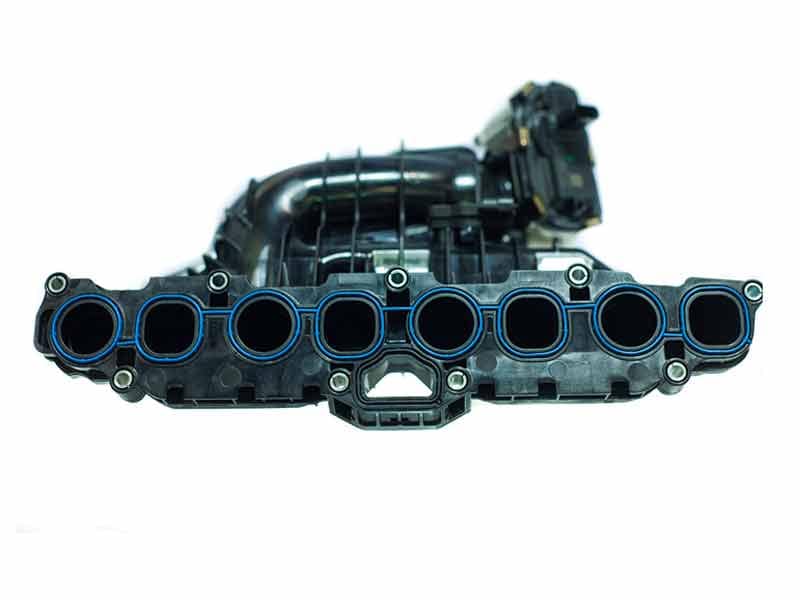Recent Articles
Popular Makes
Body Types
How to Replace MAP Sensor

check engine light
Many fuel injected vehicles, especially older ones or those with turbocharged engines, use a MAP (or manifold absolute pressure) sensor to detect how much air is entering the engine. The computer uses this information to calculate how much gas the fuel injectors need to supply to the engine for optimal combustion. If your car has been hard to start, has an erratic idle, poor fuel economy, or has been stalling, the problem may be a defective MAP sensor. A bad MAP sensor may also cause the "Check Engine" light to illuminate.
The MAP sensor is normally accessible and quite easy to remove and reinstall. It is often located near the engine’s intake manifold, and should have an electrical as well as some way to measure the air pressure in the intake, either by a direct attachment to the manifold or via a vacuum hose. To remove the old sensor, first disconnect the negative battery cable. This will ensure that the car is not damaged when the sensor is removed, and will also reset the vehicle’s computer and trouble codes. Next, remove the connectors from the sensor, and then undo any nuts or bolts that hold it in place. Finally, remove the sensor from the engine.
Because the sensor is so easy to change, it may be worth cleaning the old MAP sensor before replacing it with a new one. Use electrical contact cleaner to clean both the electrical connectors and the actual pressure sensor. If the sensor uses a vacuum hose, ensure that the hose is not blocked or damaged and that air can pass through the hose without restriction. Once the sensor has been cleaned, reinstall it and reconnect the electrical connection and vacuum hose if applicable. Reconnect the negative battery cable, and try to start the engine. If the car starts and idles properly, take the car for a test drive to see how it is running. If any of the symptoms re-appear, the MAP sensor will most likely need to be replaced with a new unit.
